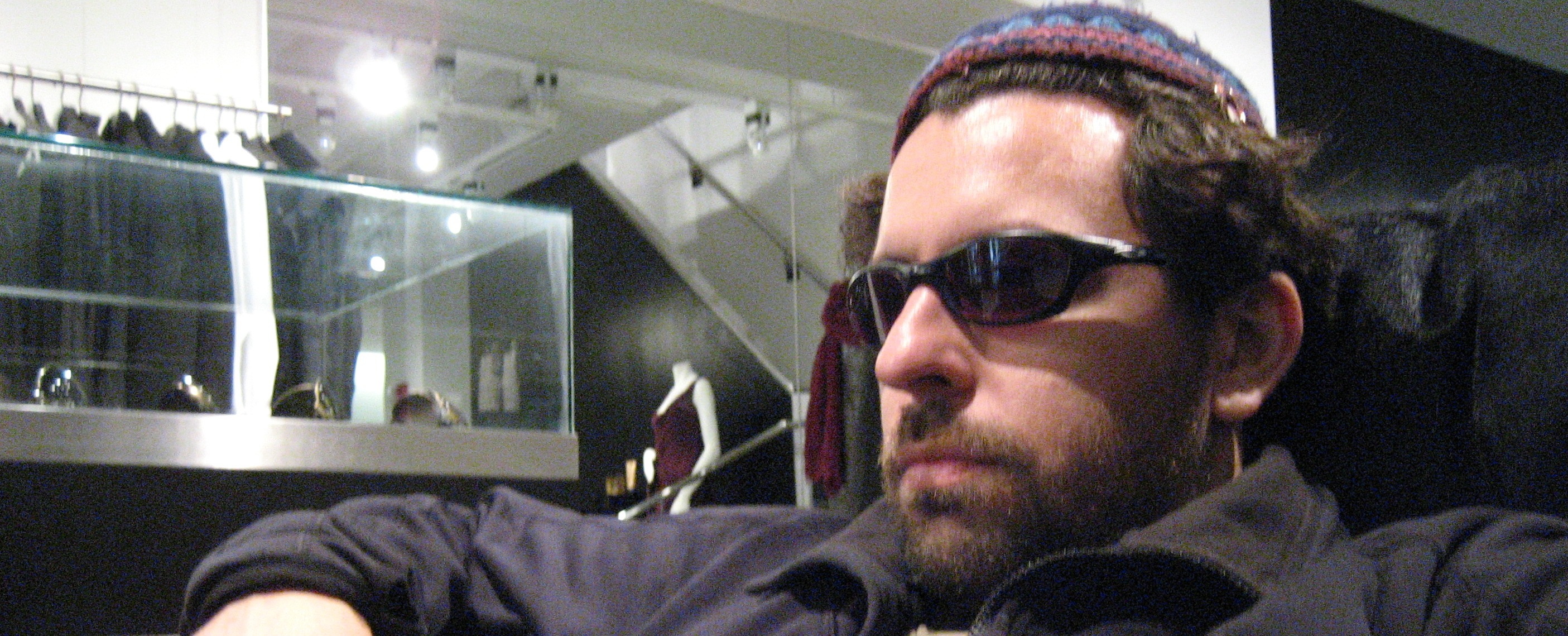How do you blot out Haman?
Styles of noisemaking differ, but the goal remains the same
click here for original posting
By Amihai Zippor
For some people, the time allotted for the custom of making noise during the mentioning of the evil villain Haman during the megila reading can get out of hand. Others feel a need to extend their entire being in the act of wiping out the descendant of Israel’s biblical enemy, Amalek, and carry on for a lengthy period of time.
A brief history of the practice itself finds it rooted back several thousand years, eventually being written down in the Shulhan Aruch, the code of Jewish law, in the 16th century. The Ramah, Rabbi Moshe Isserles, writes in his commentary Orach Haim (690:17): “It is a custom for the children to make images of Haman on sticks and rocks or write his name on them and hit them together so as to blot out his name by way of the verses ‘You must obliterate any mention of Amalek’ (Deuteronomy 25:19), and ‘Let the names of the wicked rot’ (Proverbs 10:7).” He adds, “From this evolved the custom to hit Haman when the megila is read in the synagogue, and no custom should be nullified or ridiculed for it was established for a reason.” As a result of the evolving tradition there were sages of Israel who would stamp their feet, raising up the dust at the sound of “Haman,” while others were more passive, but no less involved in some type of blotting-out technique.
Today Jews use varying means to accomplish the task, as one story from the Bat Ayin Yeshiva several years ago proves. Relying on the Ramah’s description in the Shulhan Aruch, one of the students covered a wall with paper, and during the each mention of Haman’s name would quickly sketch the villain being “blotted out” in some creative manner. Others take a different approach, where as upon reaching Haman’s name during the megila reading, they hit the table once and then move on. The reason for a single “whack” is to symbolize that it only takes one shot to knock down Israel’s enemies. Regardless of your method, it might be a good idea to check with the institution you plan to attend for the megila reading to see if it fits your character, if it’s child friendly and if you should bring your own noisemakers.
At the Great Synagogue, an administrator says there will be enough groggers for all youngsters but there are simple rules for when Haman’s name is mentioned. During the first and last “Haman,” worshippers are allowed to make noise for an extended period of time, but in between there will be exceptional quiet. When asked how long the middle opportunities will be, the administrator spun one of the groggers in his office, watching the big hand on his watch, and concluded “five seconds each.” He wasn’t too concerned about overly enthusiastic Haman haters during the reading, saying, “people usually abide by the rules” in the Great Synagogue.
At Shir Hadash, located on Rehov Hatsfira 29 inside the Yehuda Halevi School in Katamon, Rabbi Ian Pear says they are a little bit more flexible on the matter. Though there is no set custom over how much racket people can make, he acknowledged there was a request from one member last year to hold two minyanim, one regular and the other for the real noise lovers. However, Rabbi Pear says he’s “never had a problem with the noise,” citing the fact that most of it comes from the children and “people appreciate that.” “People seem to get rejuvenated from the experience,” he explained, adding that though there may be a difference of style on the matter, there are a lot of megila readings to choose from in Jerusalem.
Meanwhile, Barak Hullman of the Chabad-oriented Mayanot shul on the Rehavia/Nahlaot border expressed similar sentiments. Though Chabad’s custom is close to the Sephardi one, which permits noise on the first and last “Haman” readings, Chabad members only make noise on the final one. Since there are so many non-Chabadniks who attend Mayanot the end result never turns out the way the purists hope. “Every year the rabbi tells the crowd about the Chabad custom and every year he has to remind them somewhere in the middle to quiet down,” Hullman says with a smile. “If you’re one of the few true Chabad regulars who are stringent when it comes to the Chabad custom, you know on Purim not to go to Mayanot,” he adds. That says, it should be noted that congregants should go easy on their rabbis on Purim, as there’s a difficult dynamic to deal with and the public sometimes forgets that you can’t please everyone all the time. Have a great Purim, good riddance to Haman and may you not be able to tell the difference between a lot of noise and a little thump.




